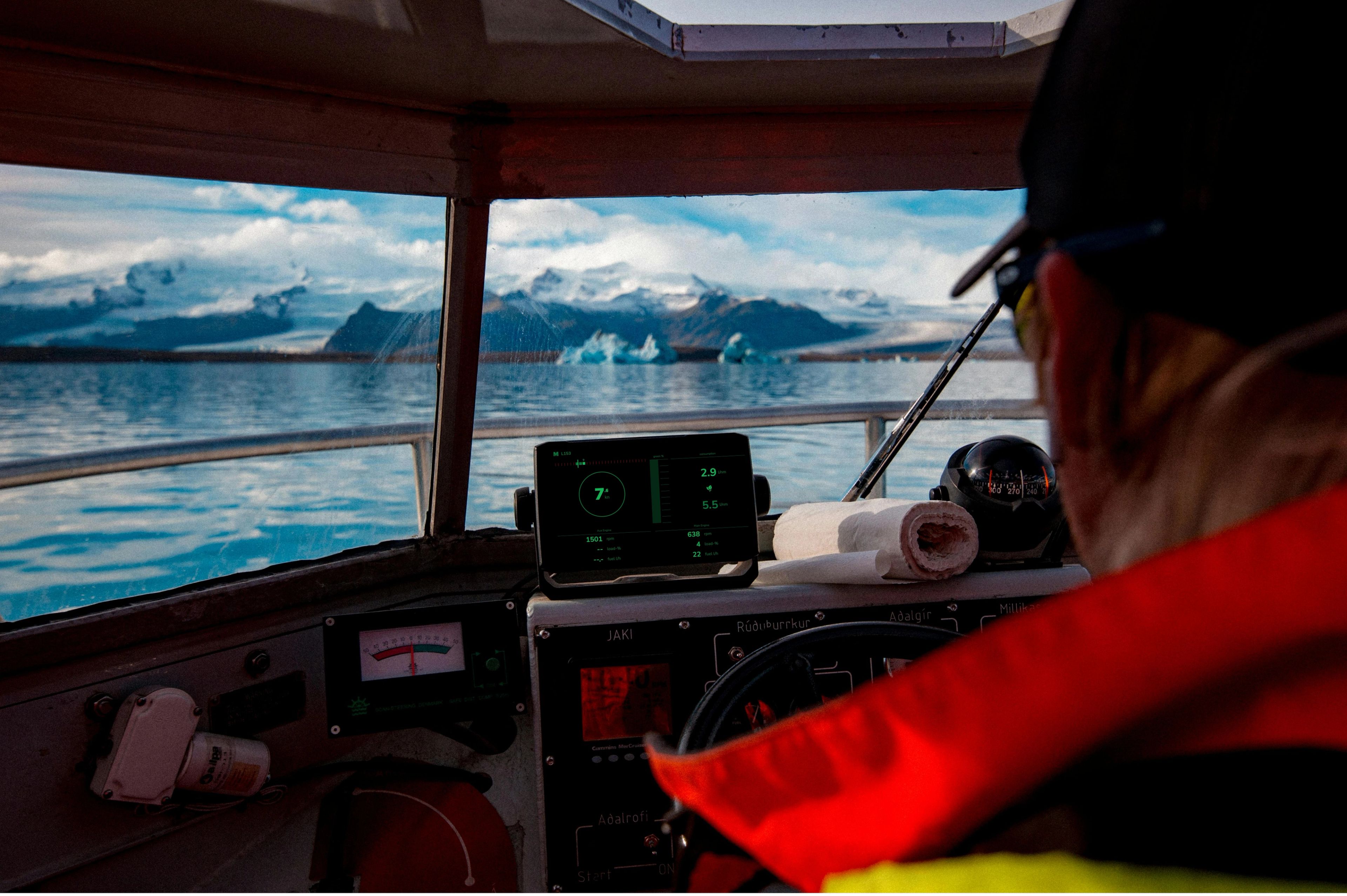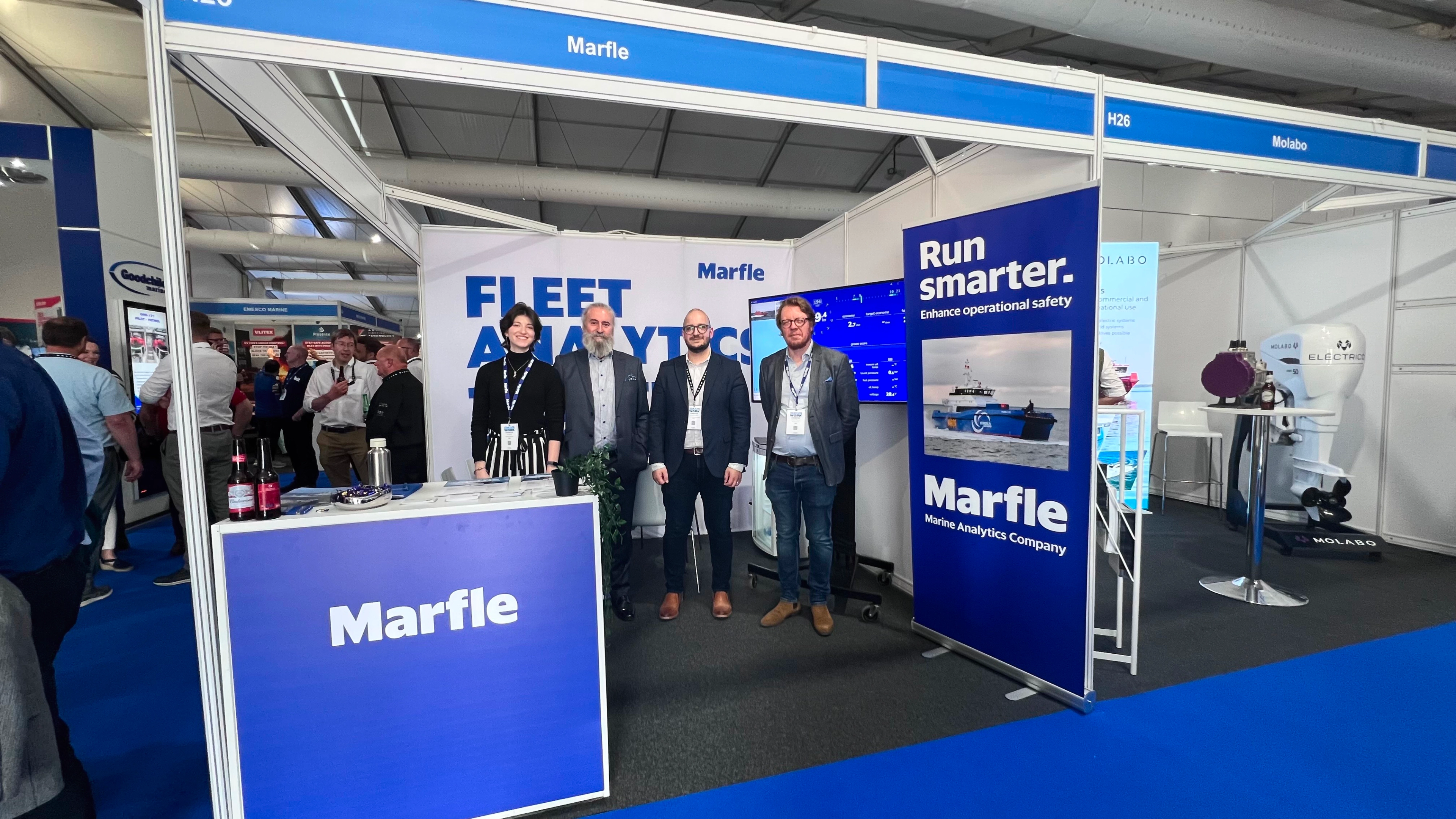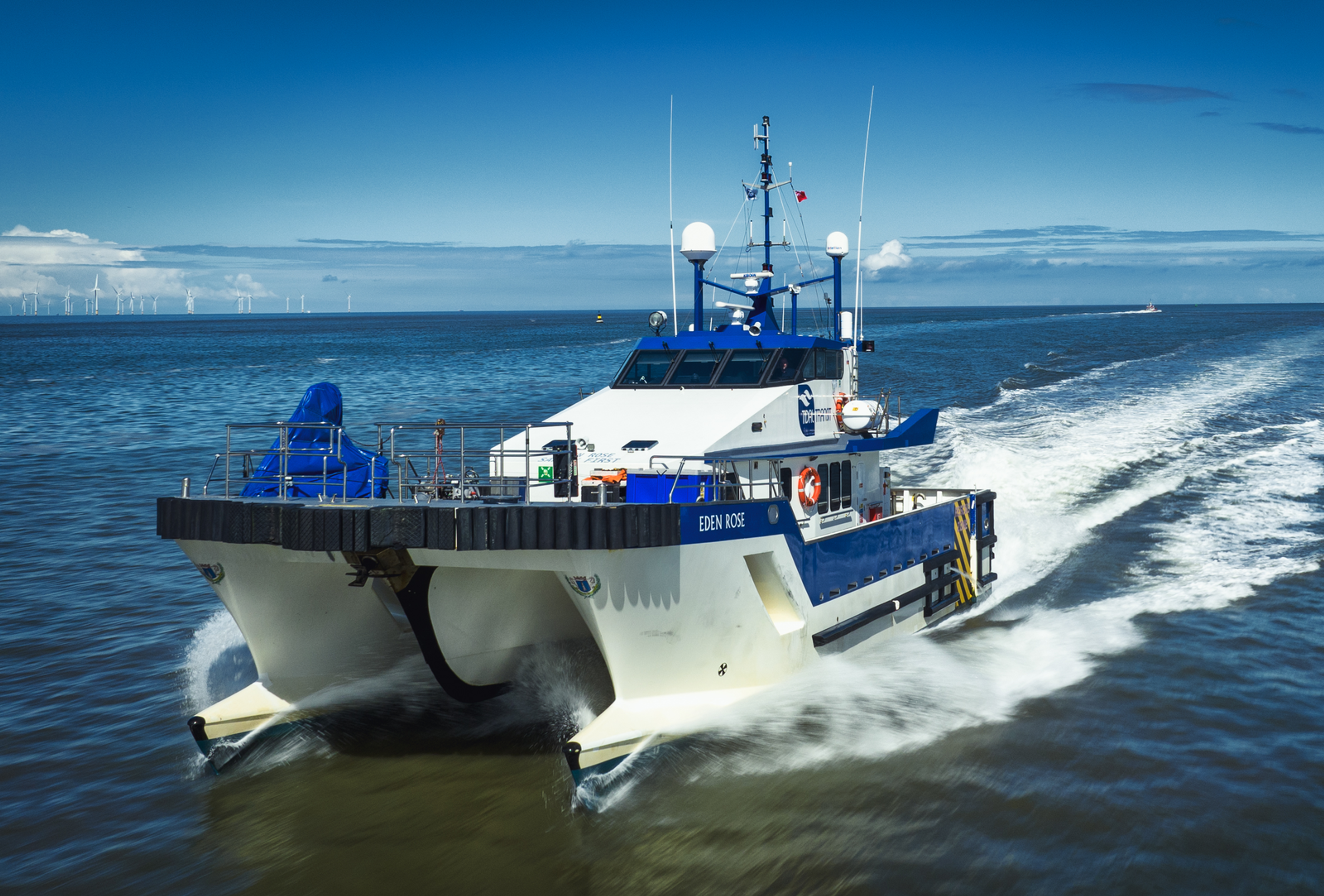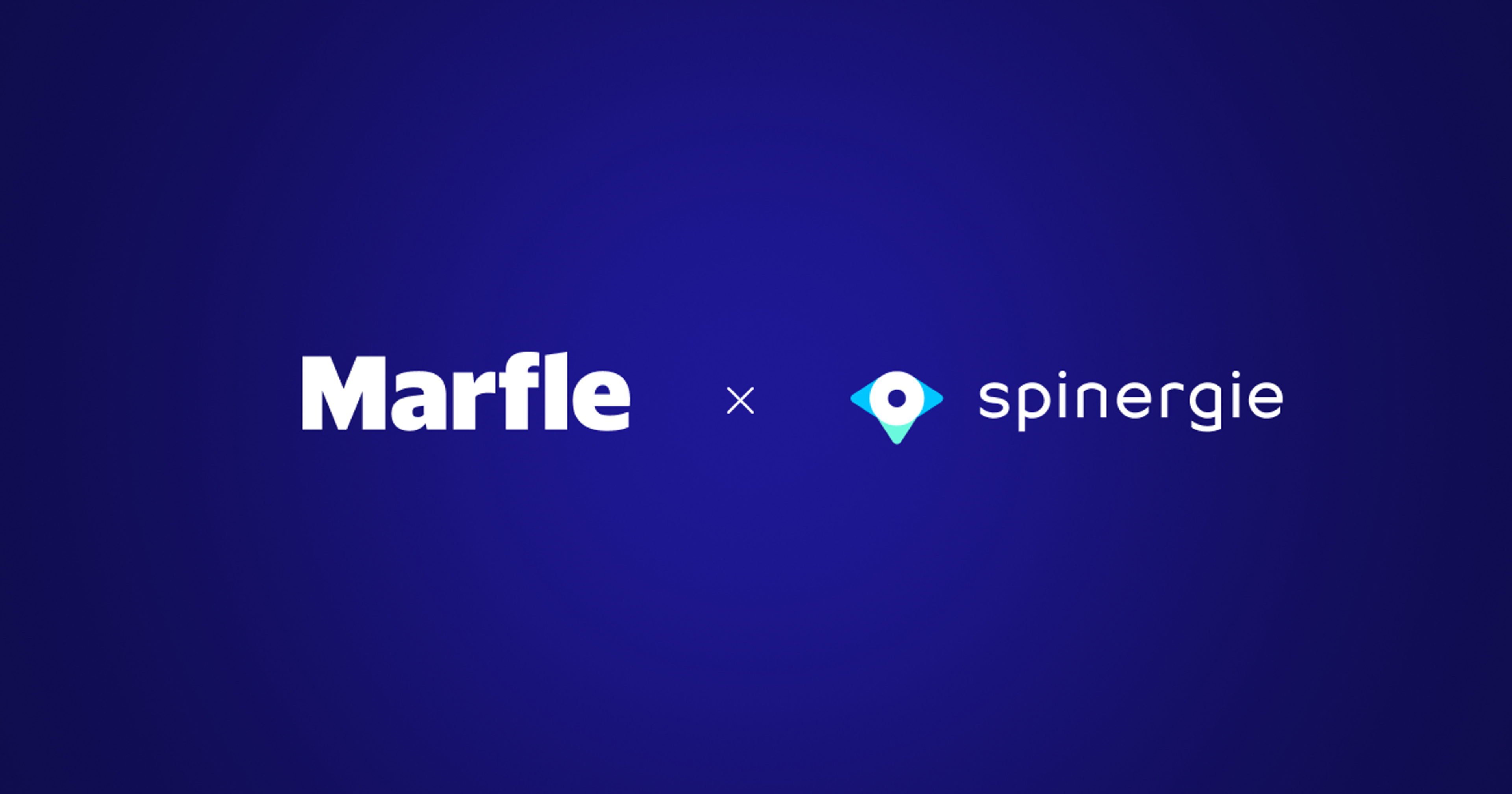How Vessel Motion Data Improves Crew Comfort, Safety & Performance
Ana Rosa
••4 mins
Over the past decade, operational efficiency has taken center stage in the maritime agenda. But increasingly, crew welfare is being recognized as a critical component of safe and sustainable vessel operations.
Seafarers are the backbone of the blue economy, ensuring safe and reliable operations in often unpredictable maritime environments. Yet, constant exposure to vessel motion, caused by rough seas, wind, and wave patterns, can have adverse effects. Over time, this motion not only affects comfort but also compromises crew performance, mental and physical health, and overall morale.
In this article, we’ll take a closer look at the real costs of overlooking crew welfare and understand how vessel motion monitoring systems can help fleet managers and vessel owners not only run safer and more efficient vessels, but also stay prepared for the evolving demands of the maritime industry.
The Risks of Neglecting Crew Welfare
Managers are pressured to do more with less. The truth is, time doesn’t stretch. Ensuring the operations are run as efficiently and sustainably as possible to the highest standards is challenging, yet falling short on crew safety isn’t a risk you want to take.
The physical demands of operating in a constant rolling, pitching, and heaving environment - common on smaller, more agile vessels like CTVs, tugs, and pilot boats - can have lasting effects, even on the most seasoned seafarers. Continuous vessel motion places strain on muscles, joints, and posture stability, often leading to fatigue, motion sickness, musculoskeletal issues, and an increased risk of slips and falls.
But the impact doesn’t stop at the physical level. Mental resilience is also tested under these conditions. Repeated motion exposure can contribute to motion sleep deprivation, irritation, and stress, all of which impair concentration, reaction times, and decision-making. Over time, even seasoned pilots and technicians may experience low morale, leading to job dissatisfaction, higher turnover, and decreased onboard productivity.
Technology’s Role in Enhancing Vessel Motion Monitoring
The maritime industry is entering a new era, where relying on gut feeling is no longer enough. With rising safety regulations and greater expectations around crew welfare, vessel owners are turning to technology to gain a clearer, data-backed picture of what’s really happening on board.
Understanding how a vessel behaves in motion under varying wind, wave, and current conditions allows operators to reduce unnecessary exposure to harsh environments. It also helps optimise routing and adjust speed or timing to improve overall crew comfort and safety.
Integrating motion analytics into daily operations helps fleet managers move from reactive decisions to proactive strategies, improving on-board safety, reducing fatigue, and providing smoother, more efficient voyages.
This is where Marfle Motion Analytics makes a difference.
How Marfle Helps Reduce Motion Risks and Improve Crew Wellbeing
With Marfle’s onboard motion sensors and web-based fleet operational performance analytics, operators gain a clear, data-driven understanding of how each vessel is maneuvered safely and ecologically in often unpredictable sea conditions.

Marfle automated voyage overview with clear, accurate insights on transits, dockings, and meetups
By accurately monitoring slip, whole-body vibrations, and impact forces, operators gain critical insights that support proactive decision-making in demanding environments like offshore wind operations. These insights help reduce motion-induced fatigue, minimize seasickness risks that can affect technician performance, optimize crew transfer schedules, and prevent damaging impacts on turbine foundations - a key factor in maintaining long-term structural integrity.
Marfle robust solutions also enhance safety and comfort in pilotage and ferry operations, where motion exposure can impact both crew and passenger well-being.
Advanced compliance reporting is also built in, making it easy to track vessel motion, support audits, and meet safety or environmental regulations with just a few clicks.
Looking ahead, the operators who embrace motion analytics will not only navigate more safely; they’ll lead the industry in operational resilience and a crew-first mindset.
• • •
Ready to elevate safety and control across your fleet? Get in touch with our team to see how Marfle can support your operations.

About the author
Ana Rosa
Ana is the Marketing Specialist at Marfle, bringing over three years of experience in content marketing, product marketing, graphic design, and SEO. With a strategic mindset, her focus is on positioning Marfle as a leader in smart fleet analytics, helping fleet managers streamline operations, improve efficiency and reduce CO2 emissions.
Keep reading
 Ana Rosa
Ana RosaSeawork 2025 Highlights by Marfle
Discover Marfle’s key takeaways from Seawork 2025, Europe’s leading exhibition for the commercial marine sector.
 Farooq Al-Obaidi
Farooq Al-ObaidiTidal Transit & Marfle: A Strong Maritime Partnership
Tidal Transit and Marfle have joined forces on a remarkable journey in the offshore wind sector. Learn more about this successful partnership here.
 Marfle & Spinergie Teams
Marfle & Spinergie TeamsSpinergie and Marfle partnership drives smarter maritime operations by turning insights into action
Spinergie and Marfle have joined forces to deliver a more powerful fleet management experience for their worldwide customers.